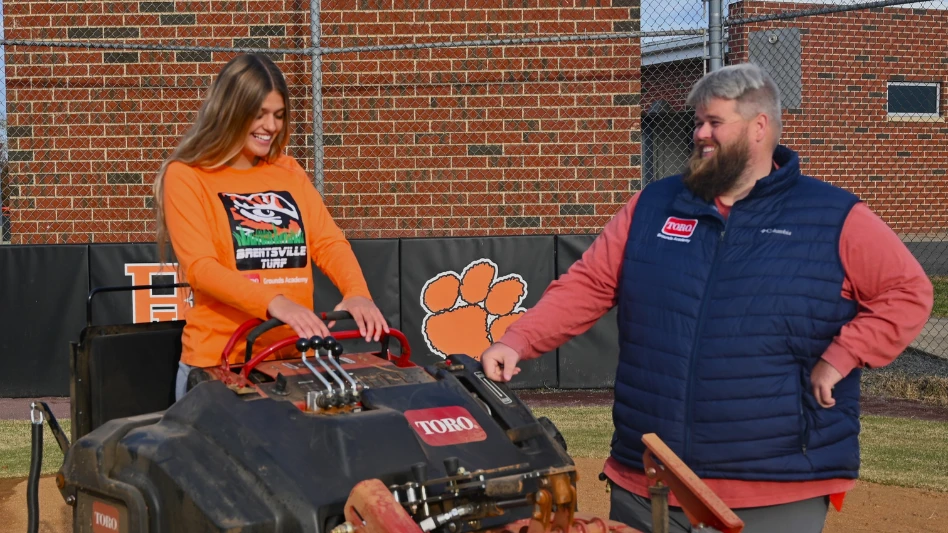
We’ve all seen it. Rain is falling – maybe it’s pouring, or even just sprinkling. Driving down the road, you pass a person’s home where the irrigation system is running like it’s the driest day in July. It’s watering the sopping wet grass and streams begin forming, water bleeding on to the sidewalks, driveway and street.
What a waste, you think. The only thing that system needs is a rain sensor, and the system wouldn’t be spraying H2O all over a soaking lawn.
“The rain sensor is the most important part of an irrigation system,” says Yoni Wiss, a project manager at Hydro-Tech Irrigation in Haymarket, Virginia. “And, even more valuable is a controller connected to a weather station that is very local, so you know a week in advance the weather that’s coming to your yard.”
Hydro-Tech uses WiFi controllers that claim to save its owners up to 50 percent on their water bills. “If the temperature is too cold or if rain is coming to the area, the controller tells the system to turn off,” Wiss says.
Customers love the savings. And, that’s how Kip Summers, owner of Summers Irrigation in Waterford, Michigan, sells rain sensors to customers getting a new irrigation system, or clients who are thinking about adding a sensor to a system they already have. “When I am talking to a homeowner, the way I break it to them is by asking, ‘Do you like to save money?’” Summers says. “They’ll respond, ‘Everyone likes to save money.’ And I tell them the initial cost and that it will probably take about a year to get your money back. Then, I explain how rain sensors work.”
Read the full story from the June issue here.
Latest from Lawn & Landscape
- To Lease or Not to Lease
- TruGreen taps Brian Bugara as chief revenue officer
- The Toro Company names Conserva Irrigation as 2024 Water Smart Partner of the Year
- Bland Landscaping acquires Koehn Outdoor
- The first issue of 2025 is live
- Wrapping up a wild week in M&A
- KeyServ Company adds Trim All Lawn Service in Florida
- Educating the green industry’s next generation





